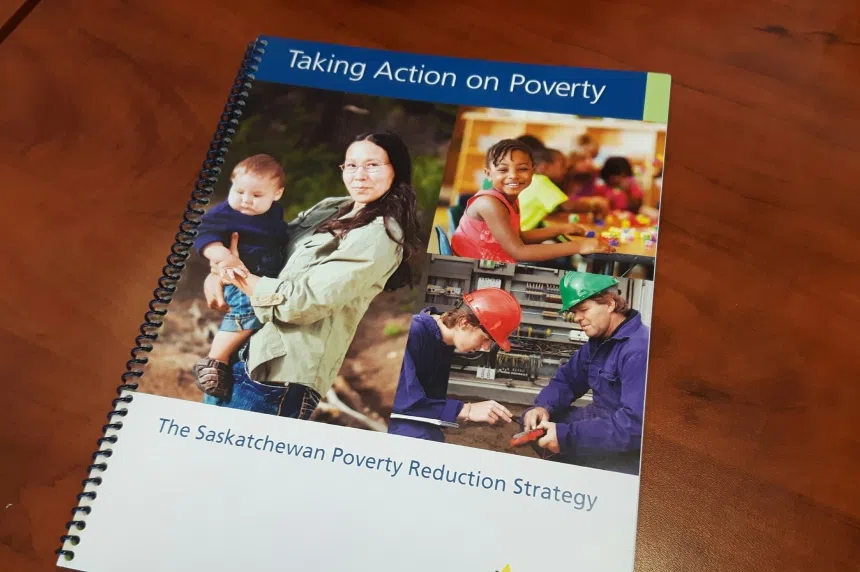
Sask. government launches poverty reduction strategy
With a little more than a month to go before the election, the Saskatchewan Government is officially launching a poverty reduction strategy.
The goal of the strategy is to reduce the number of people living in poverty by 50 per cent by 2025. The plan focuses on six priority areas:
- Income Security
- Housing and Homelessness
- Early Childhood Development and Childcare
- Education, Skills Training and Employment
- Health and Food Security
- Vulnerable Families and Individuals
Social Services Minister Donna Harpauer said the first actions will be: launching an early childhood development plan, expanding the housing first model, and redesigning provincial income assistance programs.


